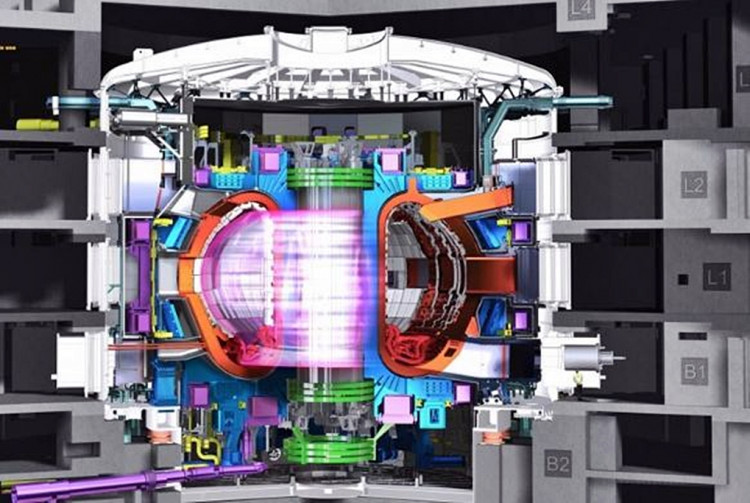The United States must continue participating in the multi-billion dollar ITER (International Thermonuclear Experimental Reactor) nuclear fusion research and engineering megaproject instead of launching its own separate endeavor, concluded a panel of distinguished American scientists.
ITER is an experimental tokamak nuclear fusion reactor, which is also the largest magnetic confinement plasma physics experiment in the world. It's being built in the area of the Cadarache facility located at Saint-Paul-lès-Durance in Provence, France.
ITER is funded and run by seven member entities: the European Union, India, Japan, China, Russia, South Korea, and the United States.
A panel of 19 scientists from the National Academies of Sciences, Engineering, and Medicine (NSEM) recommended the U.S. Department of Energy (DoE) continue funding ITER and then develop its own "Compact Power Plant" (CPP).
NSEM is the collective scientific national academy of the United States. It provides an authoritative, objective, and scientifically balanced answers to difficult questions of national importance.
CPP is a smaller, more economical type of fusion pilot plant no one has ever built before, however. It is a prototype power plant should be able to run continuously and generate electricity.
It will be about one-eighth the size of ITER. The smaller size means CPP will have to employ magnets made of high-temperature superconductors that achieve magnetic fields twice as high as iters.
The NSEM report recommended the U.S. should, later on, develop its own CPP reactor based on the experience it gains from ITER.
"We are seeing tremendous progress being made in the path to achieving fusion energy around the world," said Michael Mauel, a professor of applied physics at Columbia University and co-chair of the NSEM panel.
"Now is the right time for the U.S. to benefit from the investments in burning plasma research and take leadership in fusion energy."
A commercial nuclear fusion reactor based on the experience gained from ITER is projected around 2050. This commercial version will produce almost emission-free energy because its main fuel consists of two hydrogen isotopes (deuterium and tritium) obtained from water.
Mauel said the panel listened very carefully to the community, especially some of the younger scientists very active in the field. He said that what they heard from the scientists is a desire to get on with fusion energy.
ITER intends to be the first tokamak to obtain a "burning plasma" that produces more energy through fusion than is pumped into the device to maintain the plasma, a key milestone toward developing fusion power.
NSEM said the U.S. had contributed $1.13 billion to ITER until 2016, or only 9% of its costs. The U.S. could contribute another $2.2 billion to ITER over the next decade or some $200 million annually.
A tokamak is a type of magnetic confinement device that produces controlled thermonuclear fusion power. It is the main candidate for a practical fusion reactor.






